
What’s New in ProtaStructure 2025: Major Updates and Enhancements
ProtaStructure 2025 introduces a wide range of new features and improvements, making it a crucial update for structural engineers globally. Guided by Product Manager Mustafa Tümer Tan and Technical & Operations Manager Altuğ Güler, these upgrades are thoughtfully designed to enhance seismic analysis, while also streamlining design automation. Furthermore, the updates improve BIM integration and foster a smoother, more user-friendly experience.
Key Updates and Features of ProtaStructure 2025
Seismic Checks for Major Codes
New RC and Steel Seismic checks are now available for ACI318, Eurocode 8, AISC341, and more, complete with detailed reports.
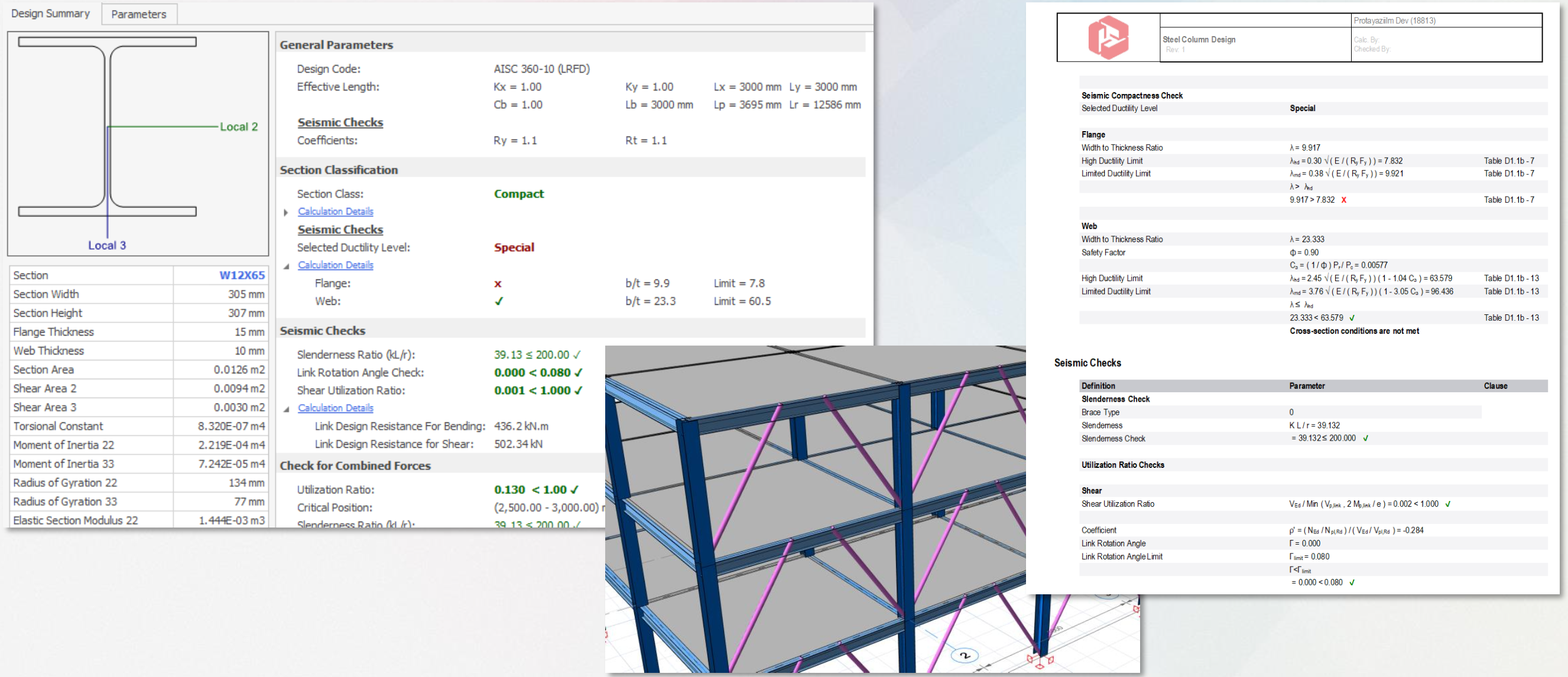
Advanced Earthquake Engineering
The introduction of multi-mode pushover analysis and modal vertical earthquake analysis offers engineers advanced tools for seismic assessment, complemented by detailed nonlinear analysis visualizations.
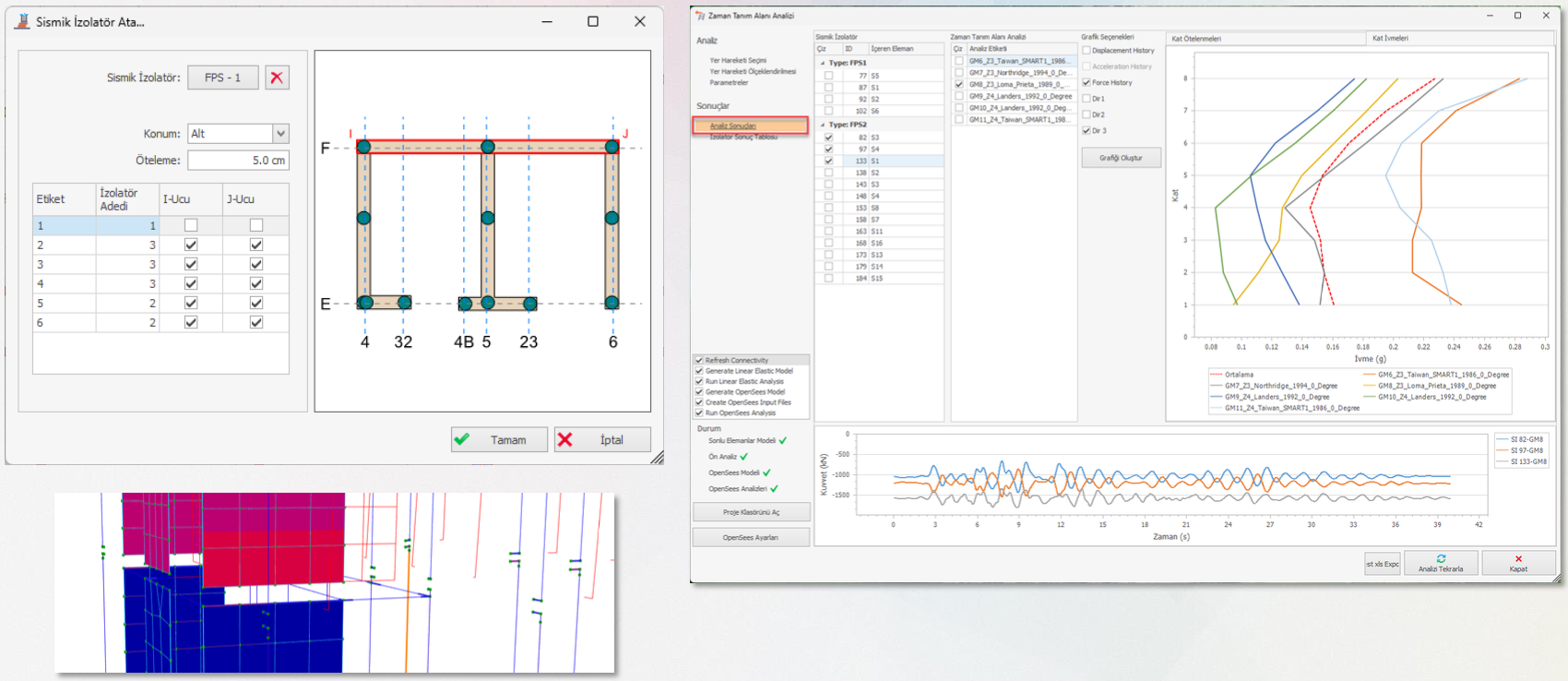
Enhanced Design Automation
A significant focus on design automation sees new tools for RC and steel members, composite slabs, and automated corewall rebars. Notable improvements include the integration of steel connection exports to IdeaStatica and new modeling tools like castellated beams and space trusses.
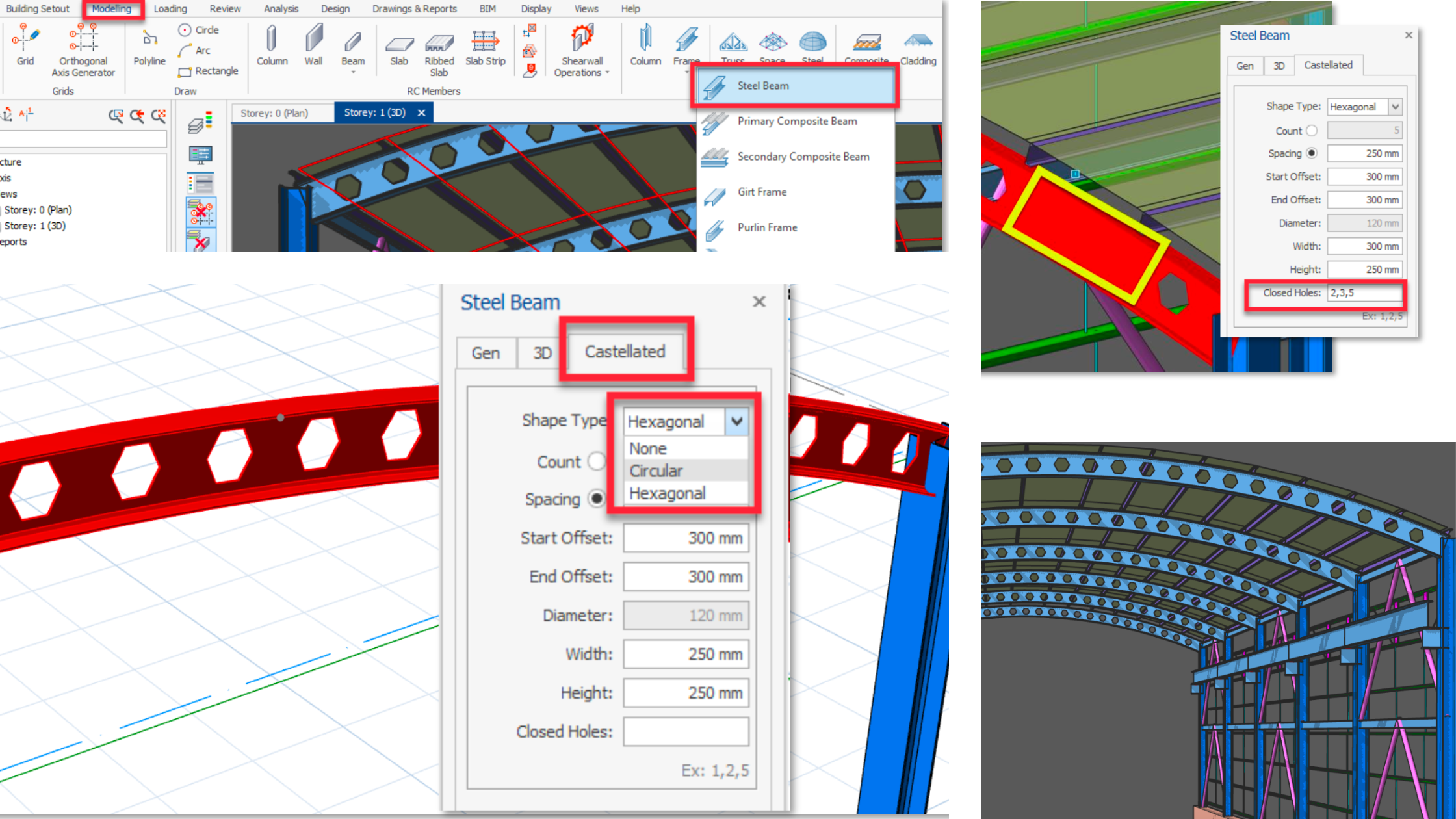
Improved BIM Integration
ProtaStructure 2025 strengthens its BIM capabilities with better IFC and SAF support, new Revit links, and enhanced exports, including pile caps and pad footings.
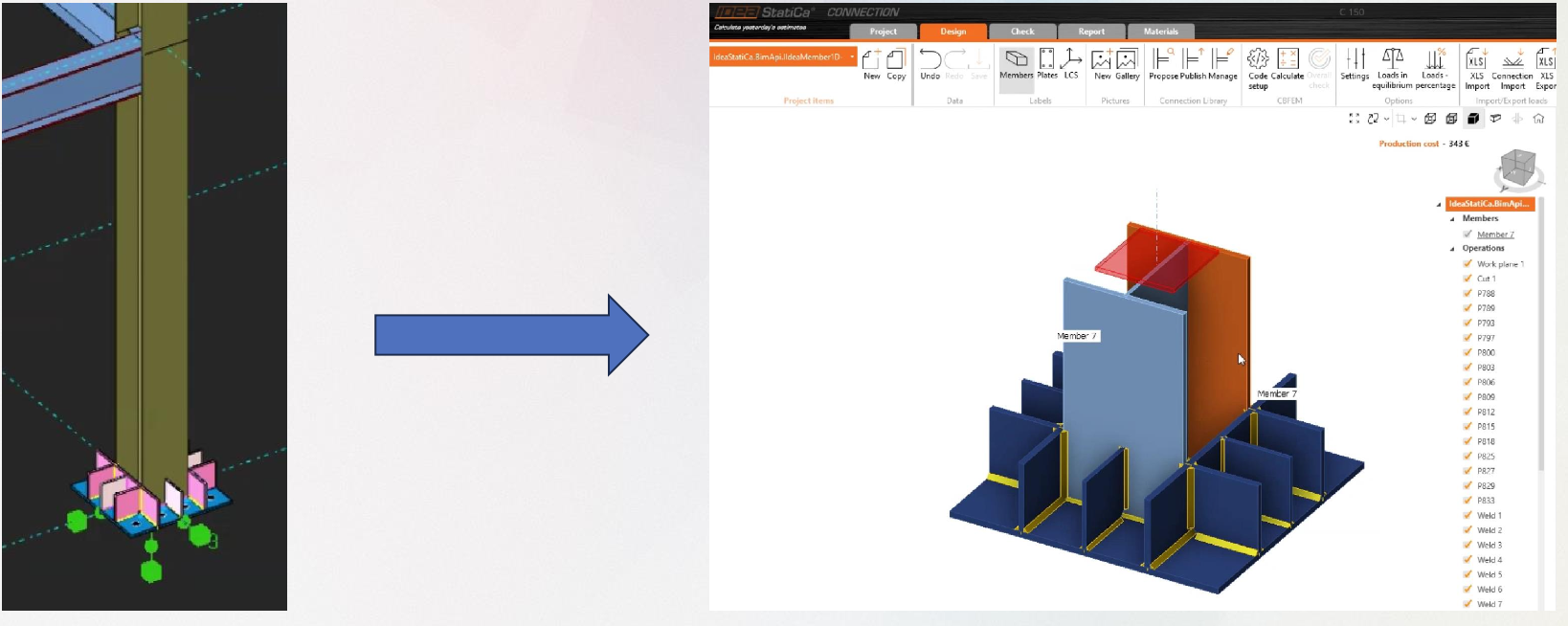
New Seismic Detailing Features
New seismic detailing options, such as user-defined strength reduction factors and drift scaling, ensure engineers can fine-tune designs in accordance with the latest seismic standards.
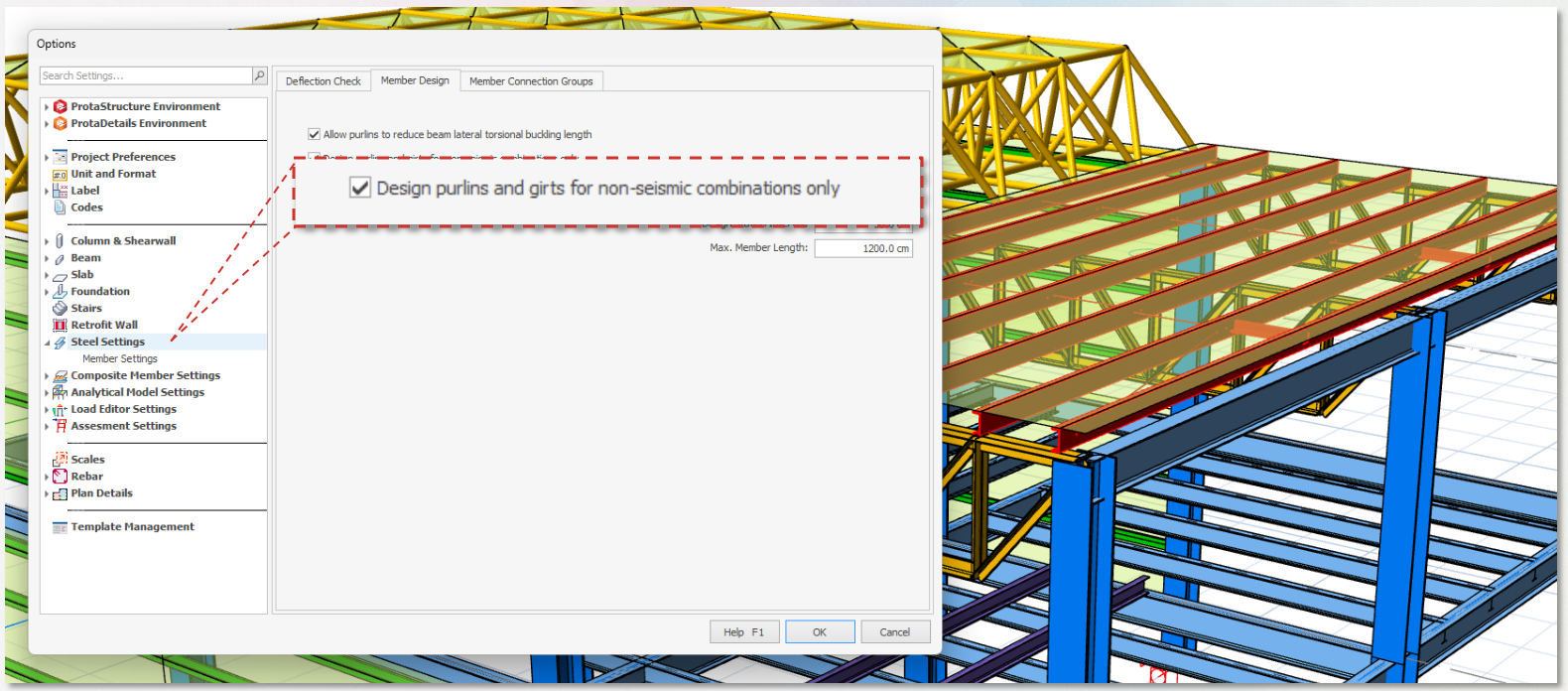
Transparency and Quality in Design
Step-by-step design reports for RC beams, columns, and steel members ensure clear, transparent, and high-quality documentation of design processes.
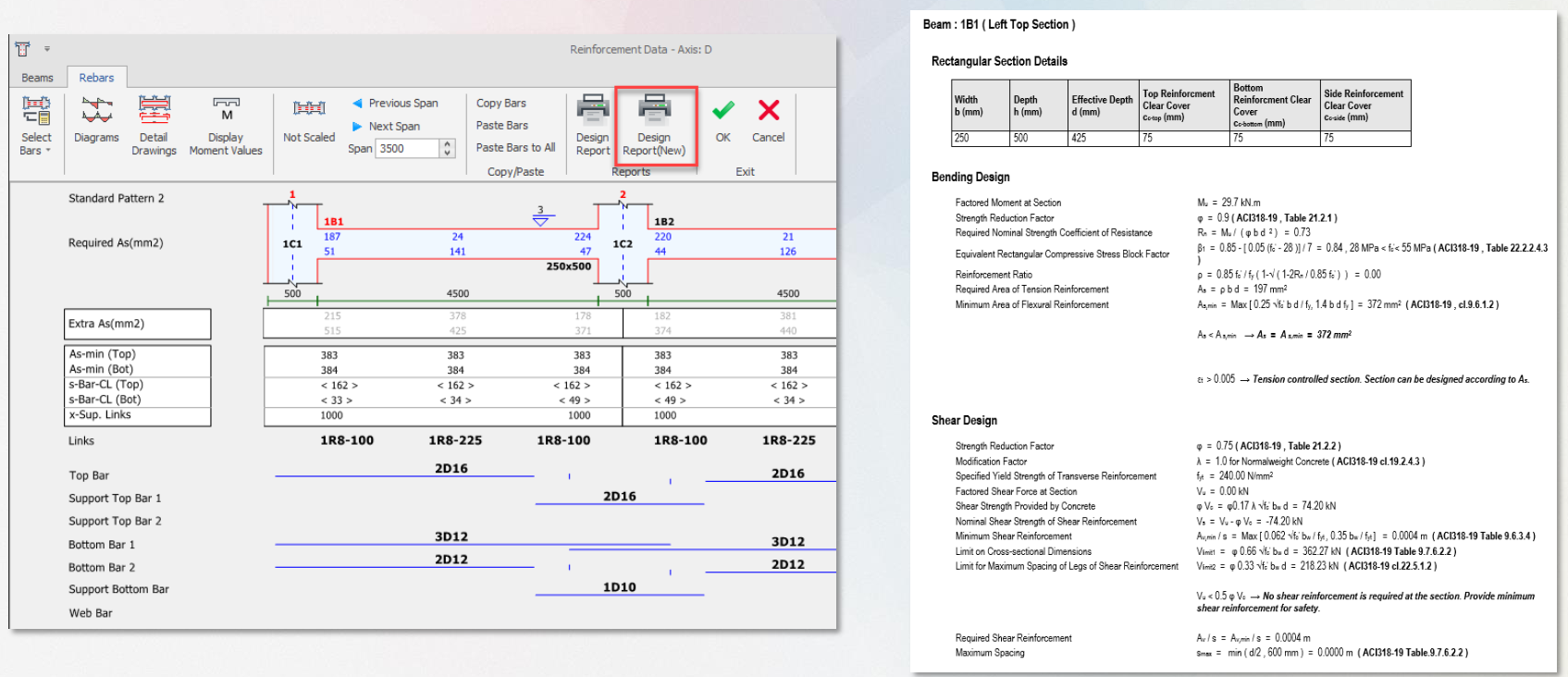
Steel Connection Design
ProtaSteel introduces new macros and enhanced connection designs, including knee connections and welded box profile connections, along with a new drawing module supporting imperial units.
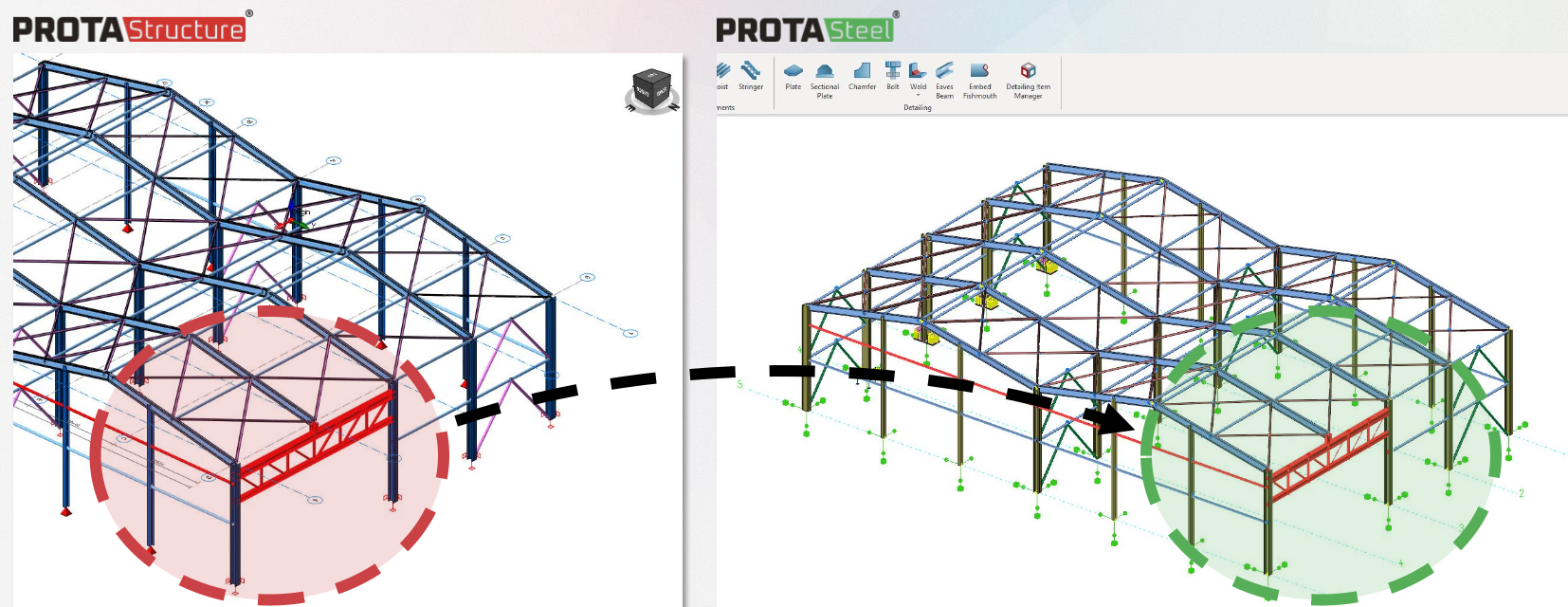
Performance-Based Design and Automation Enhancements
The release also includes major updates in performance-based design with the integration of Chopra’s MPA using OpenSees, improved nonlinear seismic isolators, and new design automation features like slab patch panels and automated shearwall boundary element editing.
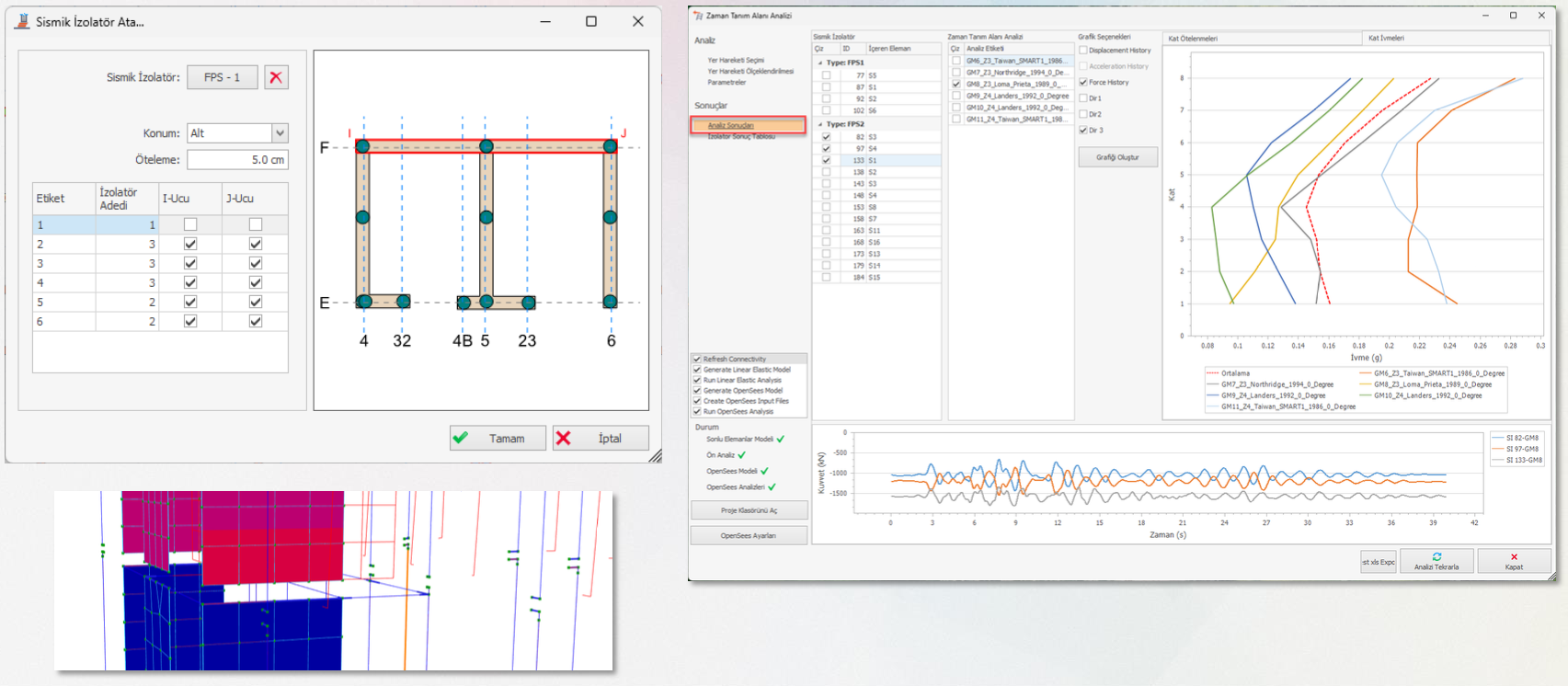
Improved Workflow and User Experience
Better UI/UX with improved load combination editors, multi-selection filtering, and more flexible modeling tools. Significant upgrades in analysis post-processing enhance user interaction, visualization, and operation performance.
Explore More
For a detailed breakdown of all the new features and improvements, follow our YouTube channel, or explore the Prota Help Center for technical support.
ProtaStructure 2025 is poised to empower structural engineers by providing state-of-the-art tools. Consequently, complex analysis and design tasks will be completed more quickly, with greater precision and ease than ever before. This, in turn, will significantly boost both efficiency and accuracy in engineering projects.







